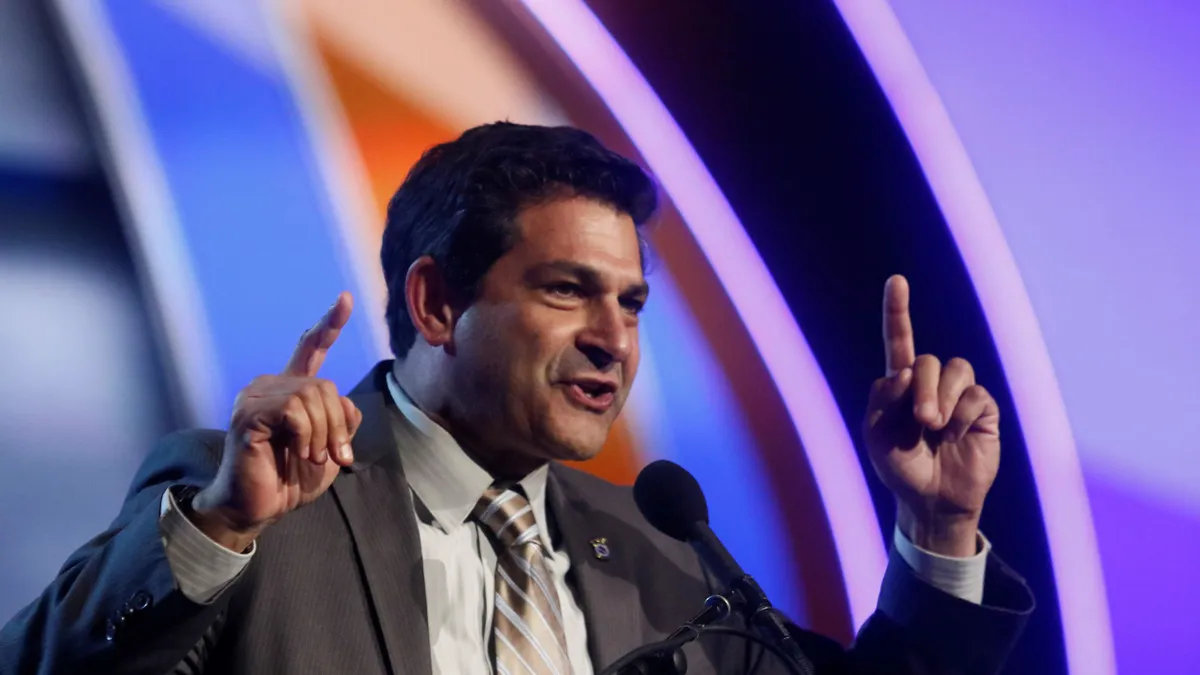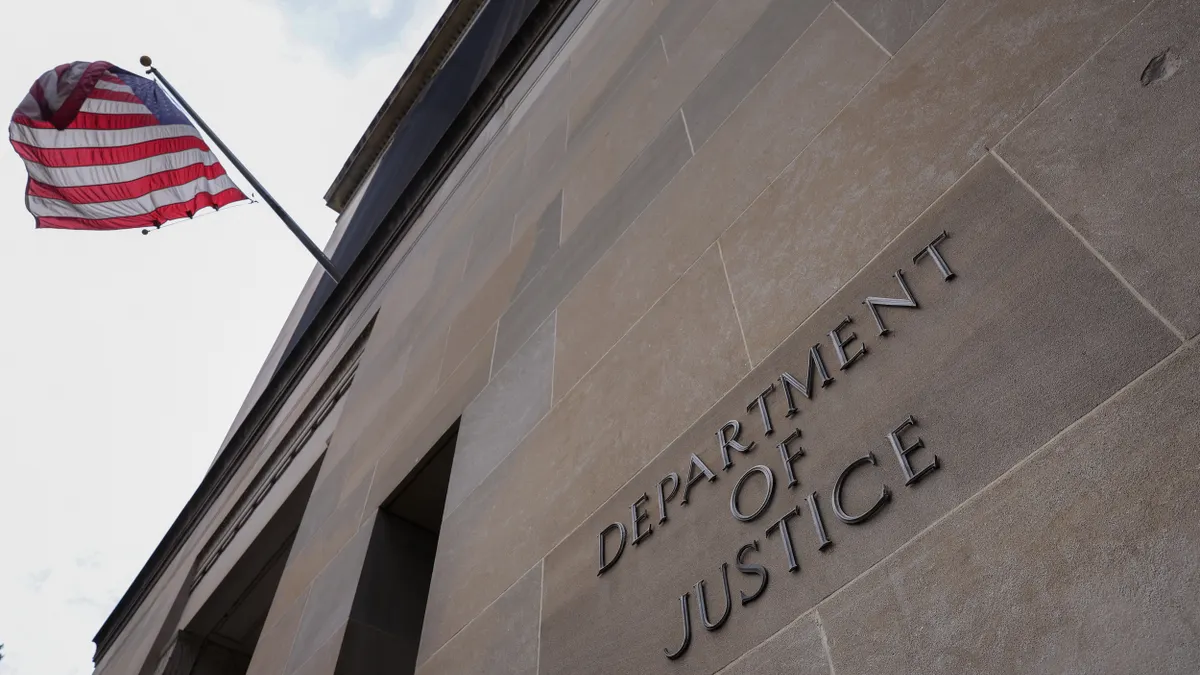Unionization among principals and other school administrators has steadily risen since the height of the COVID pandemic.
“There's a huge growing percentage of school leaders that recognize that their voices aren't necessarily being heard and are looking for a mechanism to have a stronger voice,” said Scott Treibitz, spokesperson for the American Federation of School Administrators, the largest union exclusively representing principals, assistant principals and central office administrators.
“And if you're a school leader in a district where you don't have a voice, you don't have any way of having input, then you're finding work to be frustrating.”
The national union, which represents about 25,000 school leaders, has seen its membership increase by over 20% within the past four to five years, according to Treibitz. AFSA is affiliated with the AFL-CIO.
After the pandemic hit, many urban school districts began negotiating with teacher unions over work rules, procedures and compensation, Treibitz said. But school administrators without union representation also faced change in their responsibilities — and yet had few opportunities for input with district leadership.
Meanwhile, school systems in cities like San Francisco, Washington, D.C., and New York City created supplemental COVID agreements during negotiations with principals and alongside their school leader unions, he said.
“In those supplemental COVID agreements, the principals were able to work out a number of issues, very similar to what the teachers were able to work out,” Treibitz said. “So post-COVID, we started getting a lot more calls” from school administrators from a wide variety of districts inquiring how to unionize, he said.
In September, the Fairfax County Federation of Principals, Supervisors, and Administrators, AFSA Local 147, in Virginia became the nation’s largest bargaining units for school and central office administrators — representing over 1,350 school leaders in the district.
Existing unions strengthen influence
As more school leaders start to unionize, administrators in other large school systems are strengthening existing organizing efforts.
For instance, the Montgomery County Association of Administrators and Principals, which was formerly an independent local union representing administrators and supervisors in Maryland’s Montgomery County Public Schools, affiliated with AFSA in 2023.
And more recently, 3,000 members of the Associated Administrators of Los Angeles, a 43-year-old local union, merged with Teamsters Local 2010 in December. AALA members include principals, assistant principals, adult school coordinators, early education center principals, classified managers and school support administrators employed by LAUSD.
The move will allow AALA members to tap into the resources of Teamsters Local 2010, which now represents nearly 23,000 workers in California K-12 and higher education systems, said Jason Rabinowitz, secretary-treasurer of Teamsters Local 2010. LAUSD is the first school district to be represented by Teamsters Local 2010, Rabinowitz said.
The new union affiliation comes amid growing concerns over workloads in LAUSD, Rabinowitz said. He added that the union is beginning this month to prepare for contract negotiations with the district.
“The district piles more and more work on the shoulders of the administrators, and it's getting to the point where administrators are not able to get the work done and not able to fulfill their mission because of the district's policies,” Rabinowitz said, adding that workload management will be a key focus in negotiations.
Rabinowitz said he expects to eventually see a ripple effect with more school administrators unionizing in California and, potentially, nationwide. “I think more and more school administrators are being tasked with more and more work and more and more responsibility — and at the same time, in many places, lack a voice and a say in their workload and how things get done.”
An LAUSD spokesperson told K-12 Dive in an emailed statement Monday that the school system aims to provide competitive salaries and benefits along with professional development opportunities.
“This was demonstrated in our last round of Collective Bargaining negotiations, during which we implemented historic salary increases for all employees, including those represented by AALA,” the spokesperson said. “We respect and appreciate our classified and certificated AALA leaders and look forward to continuing the conversation.”
The increased attention to school administrator unions overall is also happening as a nationwide principal shortage looms, Treibitz said.
“How do we retain folks? How do we attract?” Treibitz asked. “We have to make the profession look better, and that means more voice. That means higher salaries and benefits.”




















